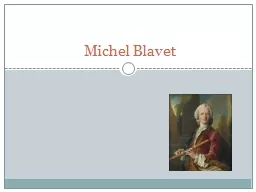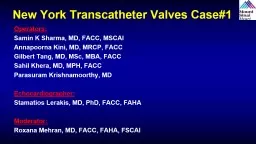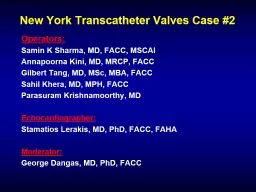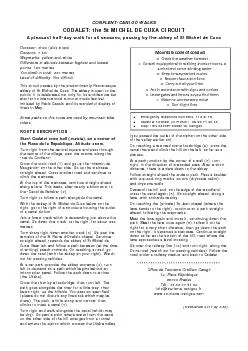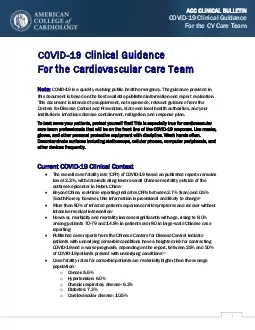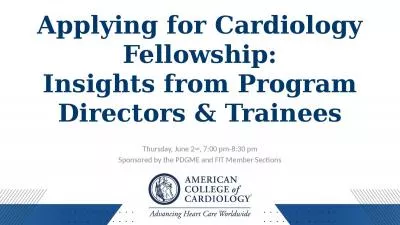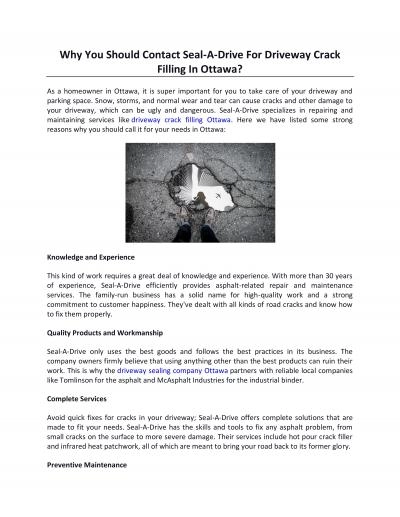PPT-Michel R Le May MD, FRCP, FACC University of Ottawa Heart Institute,
Author : aaron | Published Date : 2019-11-05
Michel R Le May MD FRCP FACC University of Ottawa Heart Institute Ottawa Ontario Canada The SA fety and Efficacy of F emoral A ccess vs R ad I al Access in STEMI
Presentation Embed Code
Download Presentation
Download Presentation The PPT/PDF document "Michel R Le May MD, FRCP, FACC Universit..." is the property of its rightful owner. Permission is granted to download and print the materials on this website for personal, non-commercial use only, and to display it on your personal computer provided you do not modify the materials and that you retain all copyright notices contained in the materials. By downloading content from our website, you accept the terms of this agreement.
Michel R Le May MD, FRCP, FACC University of Ottawa Heart Institute,: Transcript
Download Rules Of Document
"Michel R Le May MD, FRCP, FACC University of Ottawa Heart Institute,"The content belongs to its owner. You may download and print it for personal use, without modification, and keep all copyright notices. By downloading, you agree to these terms.
Related Documents




